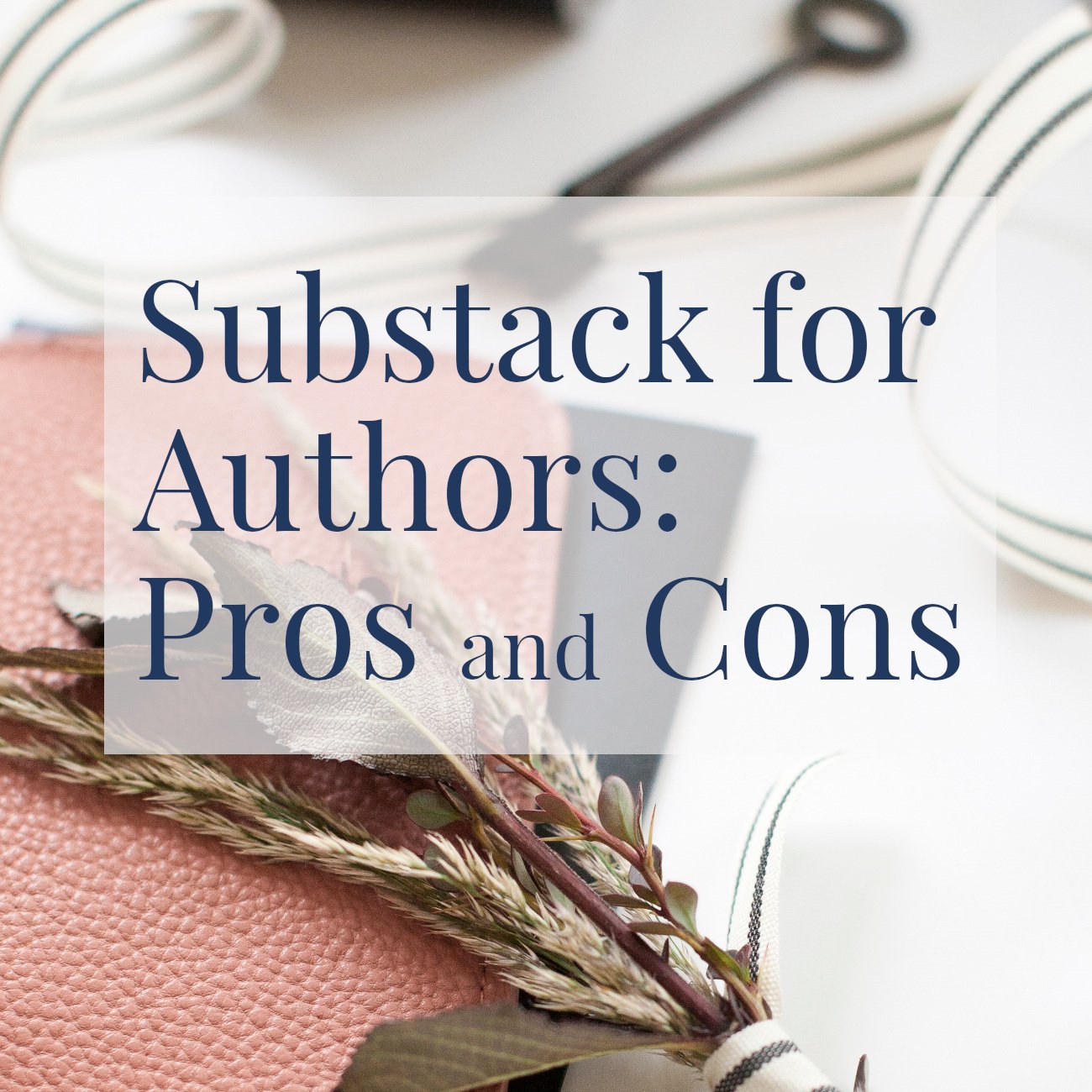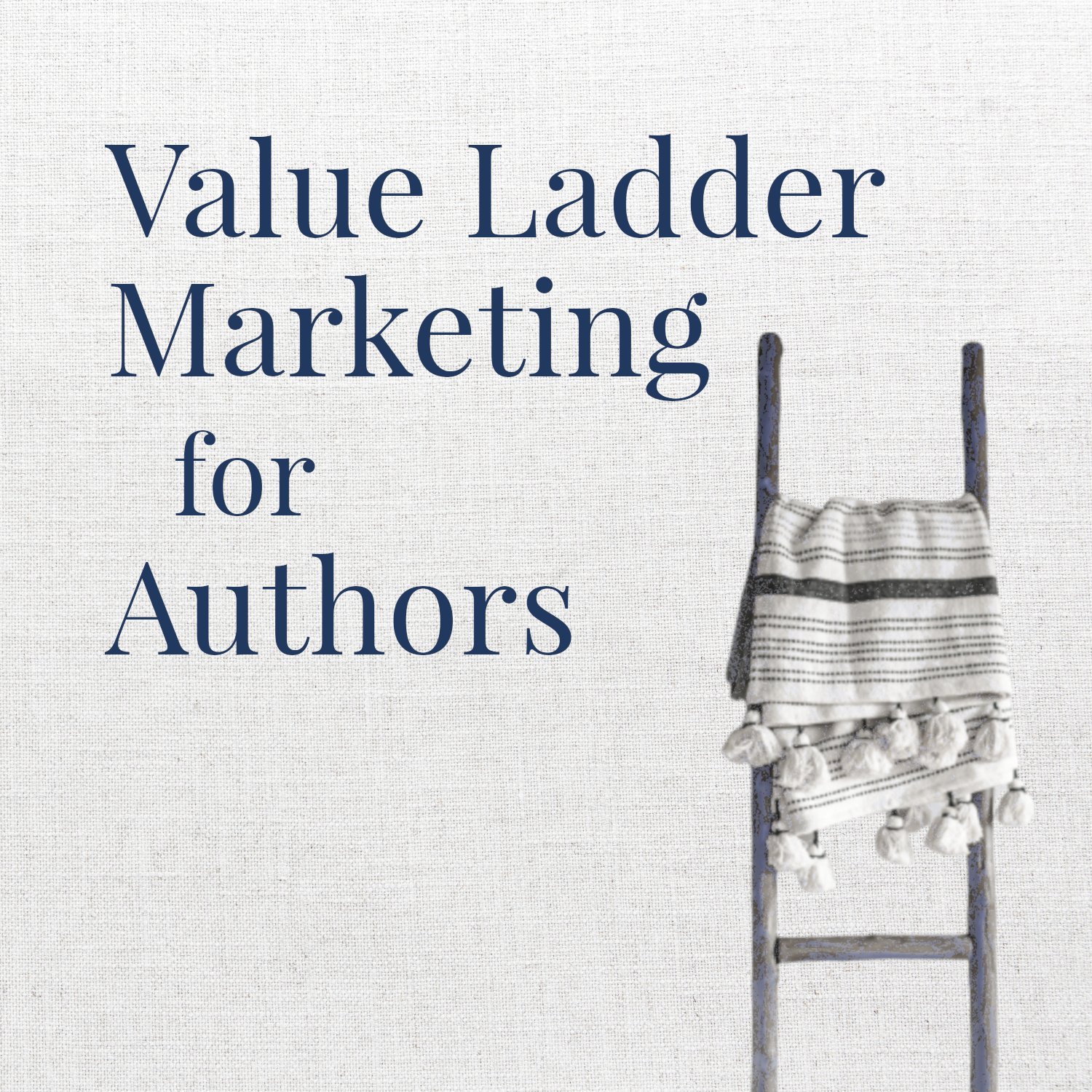Important New Requirements for Your Author Newsletter in 2024
In February 2024, Google and Yahoo will enforce tighter restrictions on sending “mass” email messages, for example, your author newsletter.
So if you’re sending updates to your readers / audience using a tool like ConvertKit, MailerLite, Mailchimp, AWeber, Active Campaign, or another similar service, this impacts you.
The details are not yet totally clear, however, it’s likely you’ll need to take some action if you want to continue to send these “mass” emails and have them reach your subscribers.
Below are the basics of what I know so far.
This article is not intended to be fully technical; rather, it’s an introduction for the average author or solo business owner who has an existing newsletter but does not have a high level of tech comfort or experience. If you are already completely comfortable with topics like email deliverability, DNS records, SPF records, and so on, there are better articles available, and I’ve linked to a few below.
(Alternatively, if you’re already breaking out in a cold sweat, you might like to peek at my glossary of terms to help you.)
Why are these changes happening?
Between them, Google and Yahoo are responsible for a lot of email inboxes. They want to make it harder for spammers and phishers to reach your inbox. In particular, they are cracking down on dubious senders who pretend to be someone else. This is great news for all of us.
For example, let’s imagine a famous author. We’ll call her Becky Bestseller and her imaginary website would be beckybestseller.com. Until now, it’s been a little too easy for spammers to send you an email and make it look like it came from Becky, when it didn’t.
What happens if you don’t meet the new requirements?
The new requirements apply to those of us who send mass emails. If you don’t meet the new rules, Google and Yahoo say they will no longer deliver your messages to their users after February 2024. We’re not sure yet if this means your notes will go straight to Spam folders, or if Google and Yahoo will refuse to deliver them at all.
What do you need to do?
In brief, here are the new requirements:
a) Own a website domain name
b) Specify a domain email address as your “from” address, inside your email marketing tool
c) Add 2 new entries to your domain’s records, to verify that your email marketing tool is allowed to send on behalf of that domain
d) Allow people to unsubscribe from your email list with a single click
e) If you have a lot of people on your email list who never open your messages, “cleaning” your list to remove them would be a great idea
f) If you send more than 5,000 messages a day, set up something called DMARC
In this article, I’m going to focus on b) and c). Most of my audience already has a). Item d) is already best-practice, and hopefully your email tool already does this. While e) is something you should be doing in any case, it’s a separate topic. And not many of my audience are in the big-sender category for f).
So, here are the steps that I suggest:
1) Take a breath. Before you jump in: decide whether you want to continue to send mass emails (aka “newsletters”) to your audience and/or readers.
If you have a mailing list already, but you never send to it and your heart sinks at the thought of doing so, I suggest you don’t put yourself through the stress of meeting these new rules.
I have several website clients where I’ve set up a mailing list for them, but I know they’re not actively using it. It’s OK to accept that email marketing is not for you!
But if you do want to continue (or start) sending “mass” emails, then you should continue reading.
2) Your “from” address inside your email marketing tool needs to be a “domain” email.
This is requirement b) in my list above.
This new rule could be painful for non-techie authors who until now have been using a free email address like Gmail as their sender address, inside their email marketing tool. To stay with our Becky example:
beckyauthor@gmail.com does not meet the new rules (nor do beckysmith@gmail.com, beckysmith@yahoo.com, and so on)
becky@beckybestseller.com, or news@beckybestseller.com, or readerclub@beckybestseller.com all meet the new rules.
Option i) to meet this requirement:
Most of the advice about these changes tells you to register a “domain email” address. This is an address where you can receive email, and also send from it as well. You’ll almost certainly need to pay for this address, and typical starting prices are $5 or $6 per month.
You’ll then need to add your new domain email address as an additional account inside your existing email tool. This is where many of my clients struggle, and often need a more technical friend or family member to help them. (In fact, if you don’t already have domain email set up for your business, it’s likely a sign that you might struggle with this part.)
Option ii) to meet this requirement:
Alternatively, I think a “forwarding” email address associated with your domain will work too. The difference is, you can receive email at this address, but you can’t send from it. Using our above example, anything addressed to news@beckybestseller.com would simply get forwarded to beckyauthor@gmail.com. If Becky chooses to respond, she’ll write back using beckyauthor@gmail.com persona.
The advantage of this approach is it’s usually cheaper, or even free, depending where your website domain name is registered. And you won’t need to mess around inside your primary email account.
Where to start this task: Go to the company where your domain name is registered and look for their options for either “domain email” or a “forwarding” email address.
3) Verify your sending domain
This is requirement c) in my list above.
In simple terms, you need to add something to the various records associated with your domain name to reassure Google and Yahoo that yes, it’s fine for your email newsletter tool (for example ConvertKit, MailerLite, Mailchimp) to be sending messages on your behalf, that are “from” your domain. You’ll do this by editing the s0-called DNS records for your domain.
The steps for this task:
Go to the company you use for your email newsletter and search for their instructions on verifying your sender domain. For example:
Instructions for Mailchimp
Instructions for MailerLite
Instructions for ConvertKit
Instructions for Squarespace email campaigns (Good news: if you’re using Squarespace for mass emails and your domain is registered through Squarespace, you can relax: this verification is done for you.)
They will provide you with 2 separate DNS records you need to add (keep this screen open so you can copy & paste)
Log in now with the company where your website domain name is registered, and find the option to edit your DNS records
The Mailchimp page mentioned above has handy links for how to do this, at many popular domain name registrars
Add those 2 new records, exactly as specified by your email marketing tool … and save
Then, go back to your email marketing tool and check that it can see the new records.
Where else can you get information?
To reiterate, this guide is intended to be a simple introduction only. There may be enough here for you to complete these tasks. If not, I recommend:
Your Personal Tech Fairy: Preparing for Google’s and Yahoo’s changes - clearly written; a little higher than “beginner” level, but not confusing. (Bev also hosted a joint workshop recently with ConvertKit on this topic and you can access the replay from that page. It’s a great session, but pretty technical in the jargon used.)
Blog post from MailerLite - a bit more technical, and does not mention the requirement for a domain email address.
Excellent big picture guide on email deliverability, from ConvertKit.
Deliverability Defined podcast, also from ConvertKit, including the specific episode dealing with this topic.
And of course you can reach out to the support team at your email marketing tool.
•
Special note for my full service website clients
If I built a custom website for you, I will be in touch soon to offer guidance.
If we did not work together on your custom website project, I’m afraid I’m not available to help you comply with these new Google and Yahoo rules.








